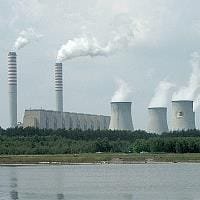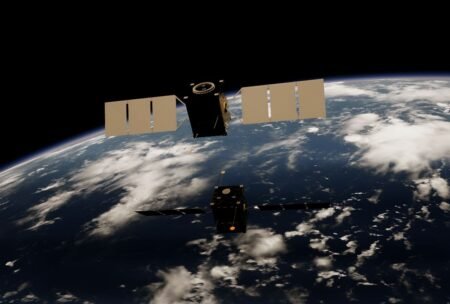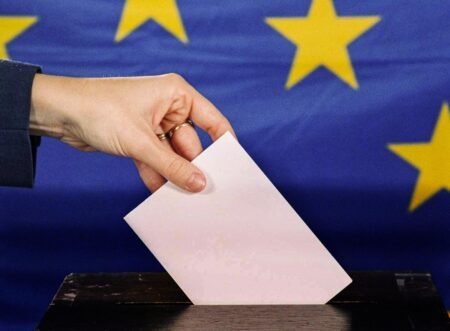(BRUSSELS) – EU environment ministers reached an agreement Tuesday on the revision of the Emission Trading System, unexpectedly opting for more ambitious policy changes than agreed by the European Parliament.
The review will contribute to the EU’s goal of reducing its emissions by at least 40% by 2030, as committed under the Paris Agreement on climate change. “A better functioning ETS will reduce emissions further,” said Jose A. Herrera, Malta’s environment minister for the EU Council. “The EU is delivering on its promises, because it cares about a better future for all.”
Ministers proposed to scale up emission cuts by doubling the number of pollution permits stored in the Market Stability Reserve (MSR) for the first four years of its operation and automatically cancelling a number of pollution permit in the MSR after 2024 if the total number reaches a certain threshold.
Limiting the MSR volume to the total number of allowances auctioned during the previous year would mean a cancellation of potentially about 3 billion tonnes from the MSR over Phase 4 – equal to almost 2 years’ ETS emissions.
The proposal to limit the MSR volume came from a coalition of more willing Member States, and was subsequently amended into the final Council compromise position by the Czech Republic.
While this proposal will not affect the surplus available to the market for a while, the agreement to tighten up the EU’s flagship climate policy has received a cautious welcome by environment groups.
“EU environment ministers today acknowledged the need for tighter measures in the European carbon market: the cancellation of unused allowances from the Market Stability Reserve is a small step in the right direction,” said Imke Luebbeke, Head of Climate and Energy, WWF European Policy Office.
The emissions trading system, launched in 2005, works by putting a limit on the total of emissions from high-emitting industry sectors and power plants. Within this limit, which is reduced each year, companies can buy and sell emission allowances. Each allowance gives them the right to emit one tonne of CO2, the main greenhouse gas, or the equivalent of another greenhouse gas. This helps create incentives for companies to cut their emissions in a cost-effective way.
Although auctioning is the default method for allocating emission allowances to companies, some sectors of industry receive a share of allowances for free. Free allocation is carried out on the basis of performance benchmarks, which reward best practice in low-emission production.
However, despite the general welcome, Europe’s ETS cap in 2030 will still be out of line with the commitments the EU signed under the Paris Agreement, according to Climate Action Network (CAN) Europe.
“Ministers will have to come back to the table soon to revise the ETS again,” said Wendel Trio, Director of CAN Europe. “Within the next few years, the EU will need to revise its pledge under the Paris Agreement. Then EU Member States will have to redo this exercise and ensure a real reform of the ETS to contribute to greater climate action overall.”
The revision of the ETS will now be negotiated in trialogue meetings between the Parliament, the Council and the Commission. The European Parliament adopted its position on 15th February.








